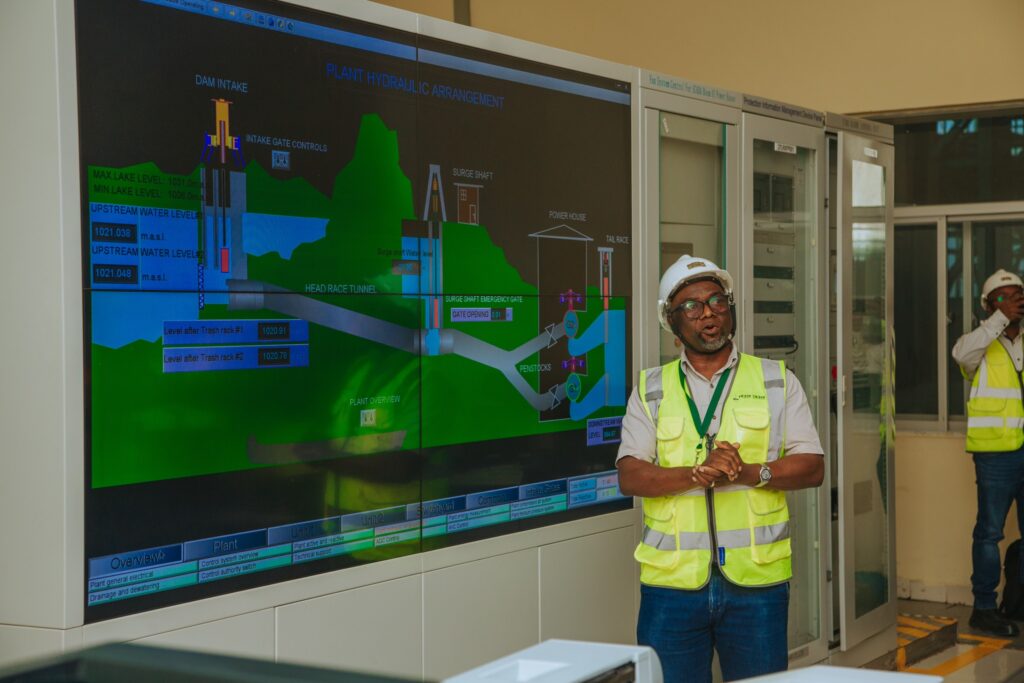Zambia Set to Inject Up to 800MW of Solar Power into National Grid by December
Zambia is on the verge of a major energy breakthrough as between 500 and 800 megawatts (MW) of solar power is expected to be added to the national grid by the end of 2025, according to ZESCO Director of Power Generation, Eng. Ernest Banda.
Speaking during a media tour of the 120MW Itezhi-Tezhi hydropower station led by Energy Minister Makozo Chikote, Eng. Banda said the new capacity will play a pivotal role in curbing the country’s persistent electricity challenges caused by drought-induced hydroelectric shortfalls.
“Probably by the close of 2025, we are looking at close to 500-800MW in the solar space. This will help us supply you with more hours of electricity than the 7 hours we are currently struggling to give you,” said Eng. Banda.
The increased output is expected to come from a mix of government and private-sector driven solar initiatives aligned with President Hakainde Hichilema’s energy diversification agenda.
Among the key milestones is the imminent commissioning of the 100MW Chisamba solar project, set to become the largest injection of solar energy into Zambia’s grid to date.
“With an additional 800MW, we will be able to send a strong signal to cure load shedding,” Eng. Banda added, expressing optimism that the rollout of solar infrastructure will steadily improve power supply.
The tour, attended by 13 news editors, was aimed at enhancing media understanding of the electricity generation landscape, particularly amid reduced hydro output following erratic rainfall.
Energy Minister Hon. Makozo Chikote urged journalists to report accurately on the situation, citing public confusion over the impact of recent rains.
“My interest here is to make sure that we answer the questions about the rains people were seeing. I’m sure you’ve gotten an explanation from our experts about their impact on electricity generation,” he said.
Minister Chikote acknowledged that solar projects take time to execute, but assured that the government is actively tracking progress.
“We are not going to be stagnant. We will be responding as we continue commissioning these solar projects to reduce the power deficit,” he said.



